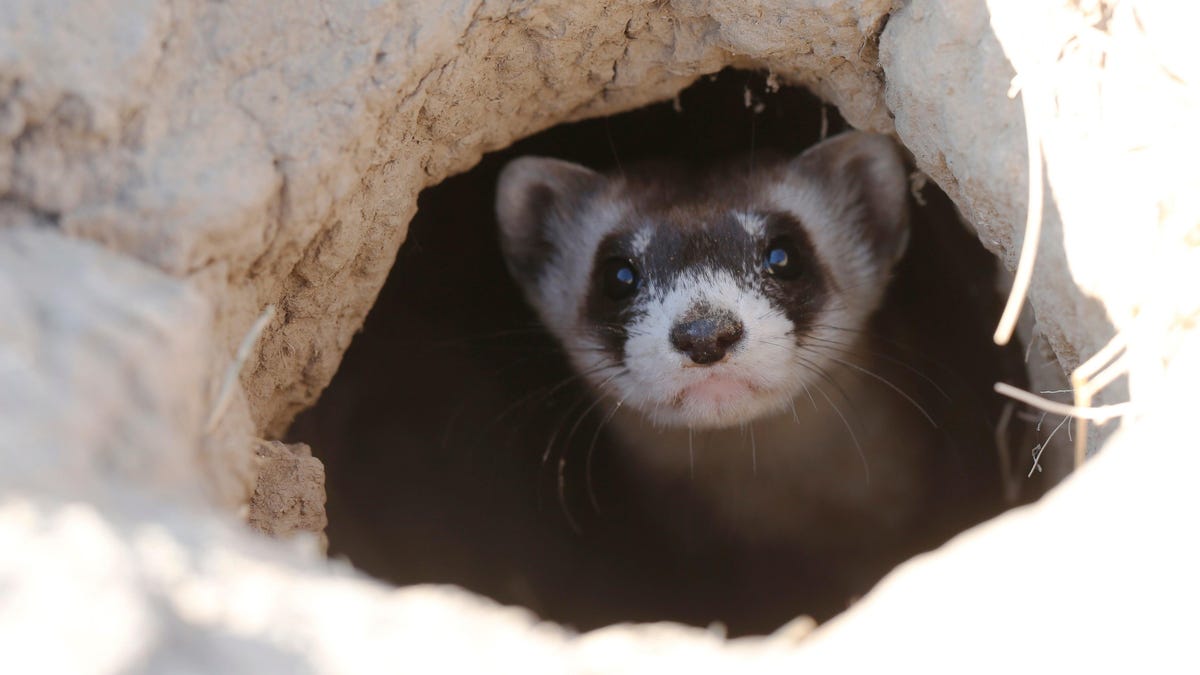
A conservation group released a report in 2023 finding that more than 40% of all animal species in the U.S. are at risk of going extinct. Most in danger were small, not-so-exciting animals—snails, crayfish, mussels—that nevertheless make up key cornerstones of our ecosystems.
When we think of conservation, we tend to focus on the big, iconic endangered species, like wolves, polar bears, and whales. But what about the less charismatic critters? An inbred fish, a ferret once thought extinct but rediscovered by a dog, a bunny named after Hugh Hefner—read on to discover some more anonymous but still important creatures at risk of dying out.
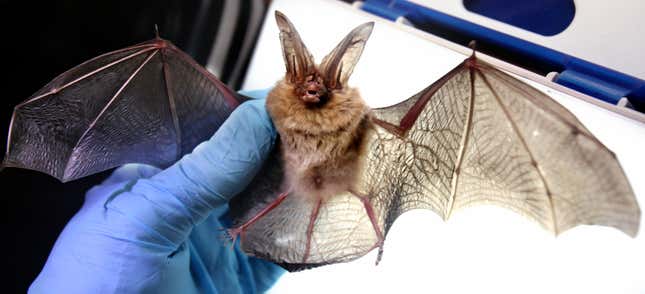
This medium-sized bat was historically found in Kentucky, North Carolina, Virginia, and West Virginia. It was listed as endangered in 1979, when there were were an estimated 3,500 left in the wild; while the bat remains on the Endangered Species List, its numbers have rebounded to around 20,000, thanks in large part to conservation efforts.
Bats in general remain some of the most threatened species in North America. More than half of the U.S.’s 40 bat species are at risk as human interference shrinks their habitat and diseases cuts their numbers further.
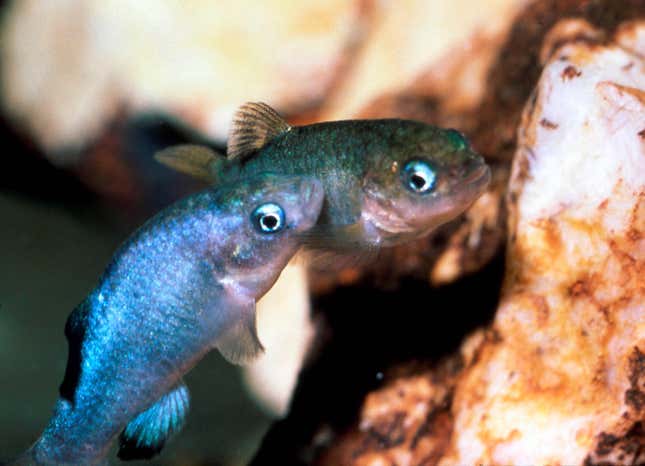
Talk about endangered: These fish live in just one cave in the Mojave Desert in Nevada, swimming in steamy water that stays at 93 degrees Fahrenheit (33.9 degrees Celsius) all year. There are fewer than 300 of them alive today, surviving in water so low in oxygen that most other species would die, with food resources so scarce that the fish are always basically starving—and their numbers are so low that they are some of the most inbred animals on the planet.
Human intrusion on their habitat and overuse of water resources in the area led the pupfish to reach an all-time low of just 35 fish in 2013. Their numbers have since rebounded slightly in the wild, and there are another 400 alive in captivity.


These deer are technically classified as a subspecies of the North American white-tailed deer, the critters that routinely invade the yards and gardens of homes all over the country. They’re the smallest subspecies of deer, with males weighing between 55 and 75 pounds (25-34 kilograms) and reaching only 24 to 32 inches (61-81 centimeters) at the shoulder.
Their habitat is confined to the Florida Keys. Thanks to a variety of factors, including climate change and human development, there are fewer than 1,000 alive in the wild today.
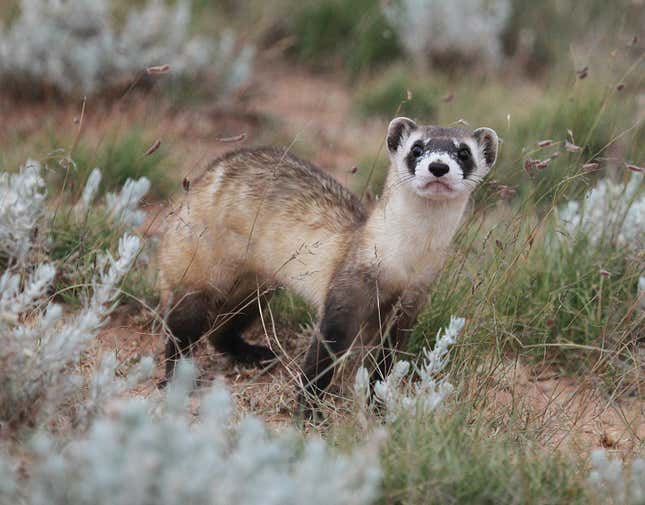
This cute little guy has quite the conservation saga. The black-footed ferret is the only native North American ferret species and was actually thought extinct in the 1970s, after decades of serious decline in prairie dog populations, the ferrets’ main food source. In 1981, a small population of the ferrets was discovered in Wyoming, after a dog tussled with one of the critters and brought back a body to its owner, who took it to a taxidermist for identification. Since then, a program to breed the ferrets in captivity and reintroduce them to the wild has increased their numbers to around 300.
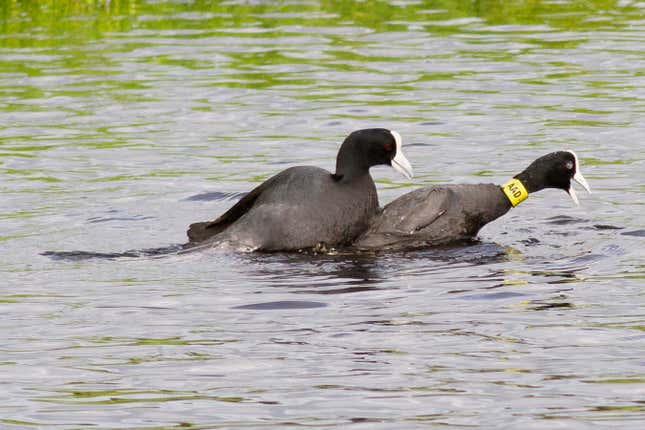
This bird’s name is matched only by its nickname: this species is sometimes called the “Kickboxer,” thanks to its habit of lying on its back and attacking other birds with its legs. The Hawaiian coot, or ‘alae ke‘oke‘o, is the only species of coot living on the Hawaiian islands; these striking water birds have been put at risk thanks to a series of factors, including invasive plant species, oil spills, and non-native predators like dogs.
The birds’ population has risen from just a handful of individuals in the 1970s, when it was listed as endangered, to around 2,000 today.
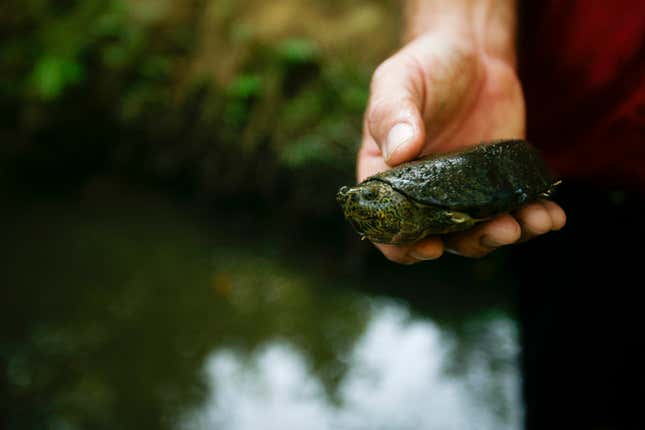
Admittedly, I chose this turtle because I found its species name—Sternotherus depressus—to be kind of funny. (Leave me alone.) But these little guys are pretty cool: they live only in the Black Warrior river in Alabama and are the only aquatic turtle in the state, as well as the only endemic reptile. Its habitat has been decimated by coal strip-mining operations in the state, as well as runoff from coal mines.
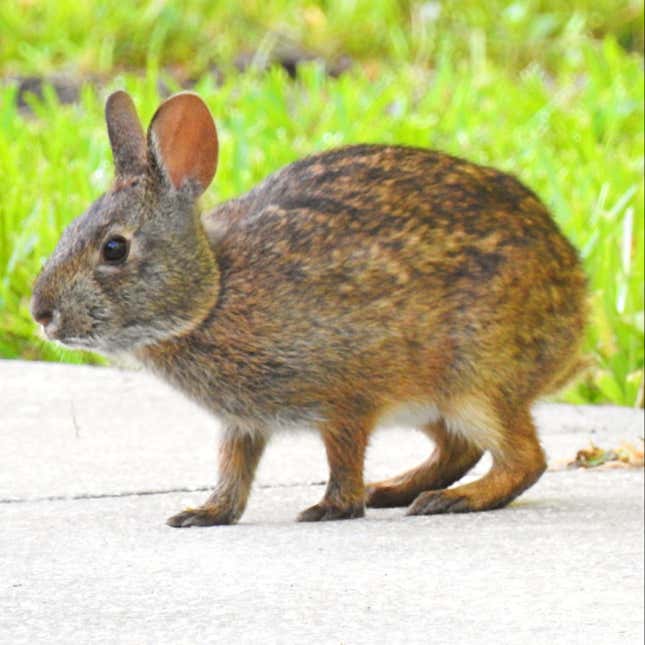
The scientific name for this tiny rabbit that lives only in the Florida Keys is Sylvilagus palustris hefneri—named after Hugh Hefner, whose Playboy Corporation helped provide funding for research on the bunnies. The population of this critter is estimated to be just a couple hundred individuals. Climate change poses a specific threat to this rabbit, which nests in the ground, as sea level rise is threatening its habitat.
